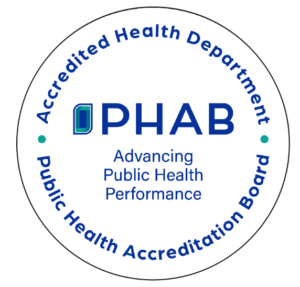What is carbon monoxide?
Carbon monoxide (CO) is an odorless, colorless gas that can cause sudden illness and death if you breathe it. Every year, more than 500 people die from accidental CO poisoning.
How would I come into contact with CO?
CO is found in combustion fumes, such as those produced by furnaces, water heaters, small gasoline engines, stoves, generators, lanterns and gas ranges, or by burning charcoal and wood. People and animals in enclosed or partially enclosed spaces with these items can be poisoned and die from breathing in CO.
What are the symptoms of CO poisoning?
The most common symptoms of CO poisoning are headache, dizziness, weakness, nausea, vomiting, chest pain and confusion. People who are sleeping or who have been drinking alcohol can die from CO poisoning before ever having symptoms. If you think you may have CO poisoning, call your doctor right away.
How can I stop from getting poisoned by CO?
- Have your heating system, water heater and any other gas, oil or coal burning appliances serviced by a qualified technician each year.
- Have at least one working battery operated or hard-wired carbon monoxide detector (They make great gifts!). Battery operated CO detectors will work when there is no electricity. Check the detector’s batteries twice annually, at the same time smoke detector batteries are checked. If the detector sounds, leave your home immediately and call 911.
- Don’t use generators, grills, camp stoves, or other gasoline, propane, or charcoal-burning products inside a home, basement, garage, camper, or even outside near an open window. Make sure that your stove, dryer and other products powered with natural gas are vented correctly.
- Don’t run a car or truck inside a garage attached to your house, even if you leave the garage door open.
- Don’t burn anything in a stove or fireplace that isn’t vented.
- Don’t heat your house with a gas oven.

